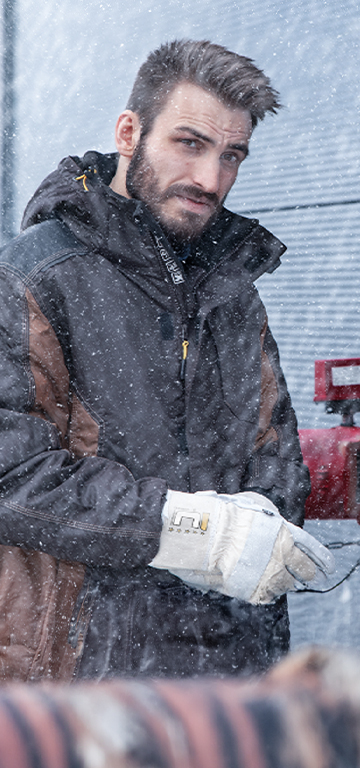
Adverse weather hazard
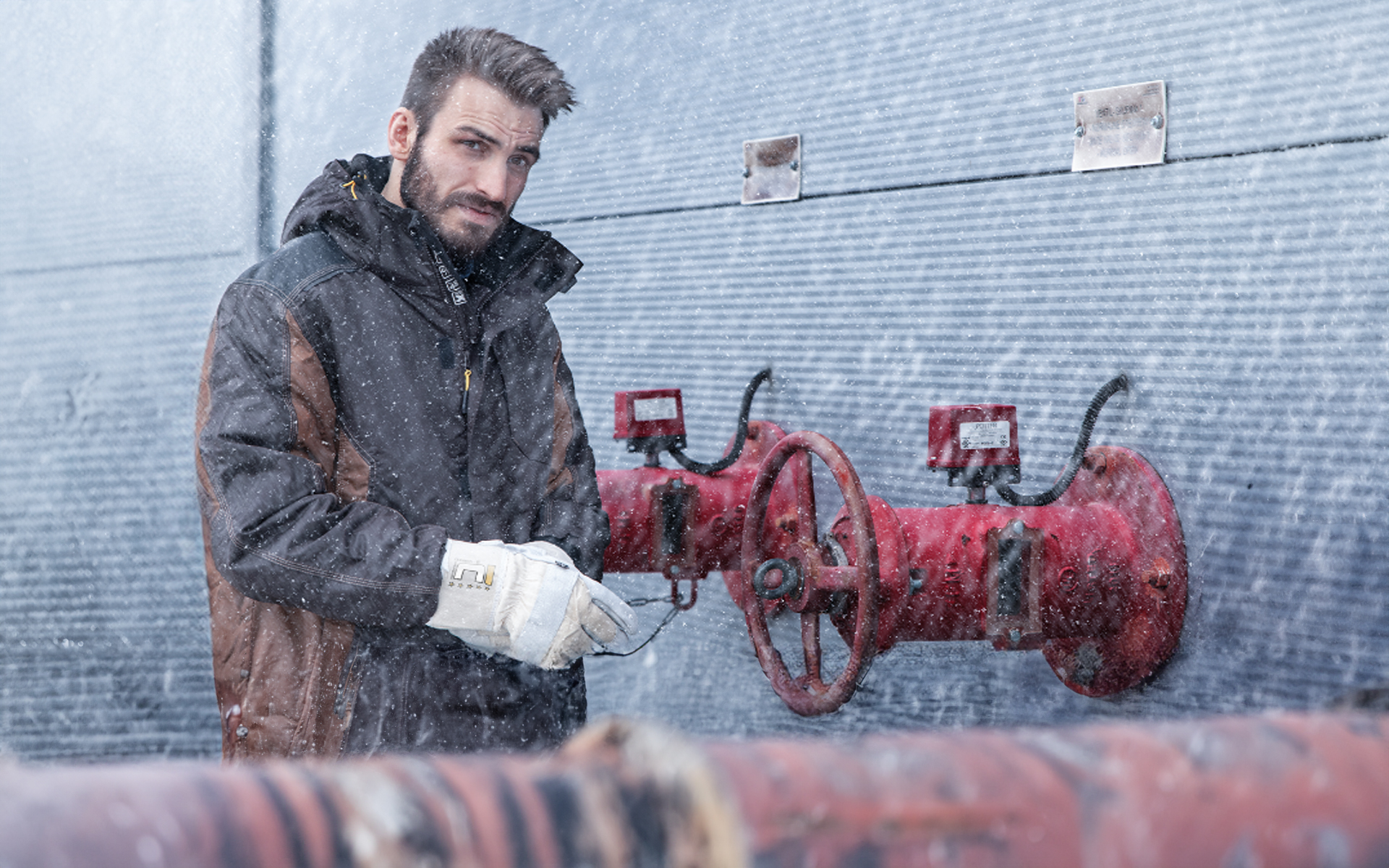
Adverse weather hazard
Outdoor work can be significantly affected by unpredictable weather conditions such as cold, rain, wind, or fog. Prolonged exposure to a cold environment can be uncomfortable, hazardous, and can have a negative effect on a person's work performance. Low temperatures not only increase the risk of catching a cold, but also put a strain on the cardiovascular system. Chilly air can make breathing more difficult for individuals with asthma. Additionally, when the temperature drops below freezing, there is a risk of frostbite on extremities like hands, feet, nose, and ears. How do low temperatures affect work performance? Poor blood circulation in the body impacts the nervous system, causing people to lose their ability to concentrate and feel sleepier. In colder conditions, limbs may lose sensation, leading to reduced dexterity and precision.

What the standards say...

What the standards say...
- EN 343 is a standard for protection against rain, assessing water permeability and resistance to water vapor penetration (breathability).
- EN 342 is a standard for protection against cold, applicable to clothing worn in temperatures below -5 °C (outdoors or in places like freezers or refrigerated warehouses).
- EN 14058 is a standard for protection against moderately low temperatures (above -5°C).
- EN 20471 designates high-visibility warning clothing for professional use, enhancing visibility in fog or darkness. If this standard isn't mandatory in your workplace, but you still value being visible in low light conditions, consider warning accessories for non-professional use according to EN 13356. Further information on the latter standard and risk protection in situations with reduced visibility can be found here.
- Always consider the location and circumstances when choosing your attire. Do you spend the entire day outdoors, often in rainy conditions? Opt for clothing that meets the EN 343 standard. Is there a risk of catching a cold in your work environment? Your clothing should meet either EN 342 or EN 14058, depending on the season and weather.
EN 343 – Protection from rain
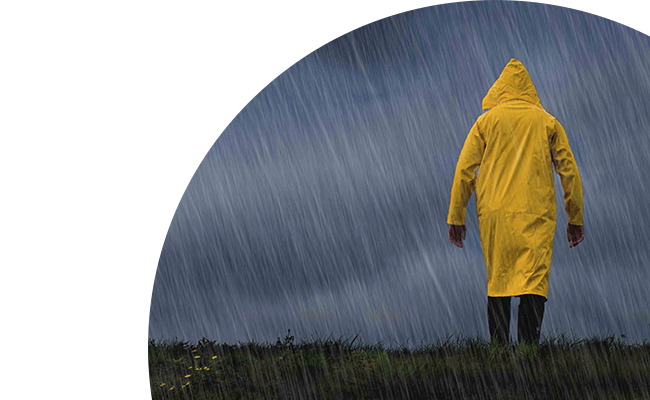
EN 343 – Protection from rain
Merely having waterproof clothing material doesn't guarantee overall waterproofness. It's crucial that water doesn't seep through the seams or zippers of the clothing. The materials and seams covered by the EN 343 standard address this concern. Clothing compliant with this standard can withstand not only rain, but also snow (water resistance), all while allowing water vapor to escape to the surface, ensuring you stay dry inside and out.
Water resistance is measured in millimetres of the water column, and testing includes pre-treatment involving 5 cycles of washing and drying, abrasion, exposure to fuel and oil, and repeated bending (9000 cycles). Based on resistance, clothing falls into one of 3 classes.
Breathability is assessed by the value of resistance to water vapor (Ret) in m2.Pa/W, which classifies clothing into 3 categories. A lower number indicates higher vapor permeability.
Water resistance (resistance to water penetration)
| Klasse 1 | Klasse 2 | Klasse 3 | |
Material vor der Vorbehandlung | ≥ 800 mm | nicht getestet | nicht getestet |
Nähte vor der Vorbehandlung | ≥ 800 mm | ≥ 800 mm | ≥ 1300 mm |
Material nach Vorbehandlung | nicht getestet | ≥ 800 mm | ≥ 1300 mm |
Atmungsaktivität (Beständigkeit gegen Wasserdampf)
| Klasse 1 | Klasse 2 | Klasse 3 | |
| Ret (m2.Pa/W): | > 40 | 20 < Ret ≤ 40 | ≤ 20 |
EN 342 and EN 14058 – Protection against Cold
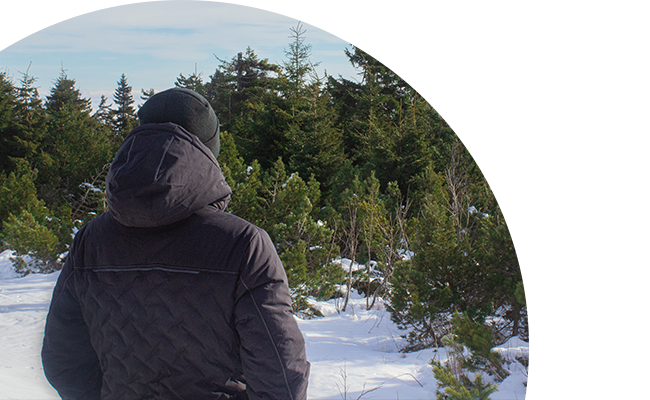
EN 342 and EN 14058 – Protection against Cold
Whether you're working outside during colder months or in refrigerated spaces, proper clothing is essential to keep you warm throughout the day. With the right selection of winter clothing, footwear, and accessories, you'll be prepared for challenging working conditions, even in sub-freezing temperatures.
A complete winter work outfit
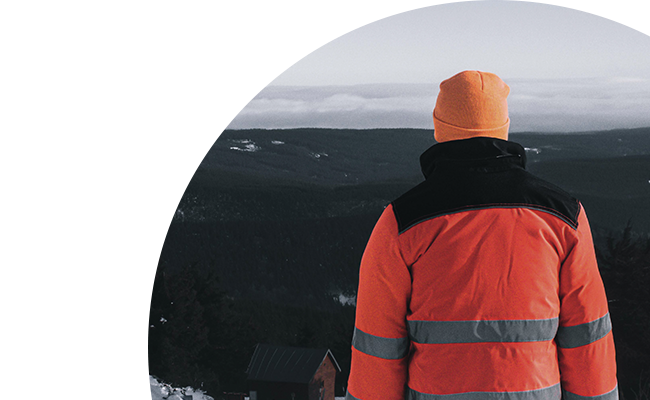
A complete winter work outfit
A complete winter work outfit should include a warm and windproof work jacket, complemented by insulated trousers. Wear a sweatshirt or sweater made of fleece or merino wool under the jacket for excellent insulation. For added thermal comfort, choose functional underwear that wicks away sweat from the skin and keeps you warm.
Don't forget to protect your hands with winter work gloves. Put on insulated work shoes and pay attention to the choice of socks: merino wool, bamboo fibre, or polypropylene are ideal materials for keeping feet dry and warm. They excel at wicking away sweat and providing insulation. Lastly, shield your head from the cold with our selection of headbands, caps, or balaclavas.